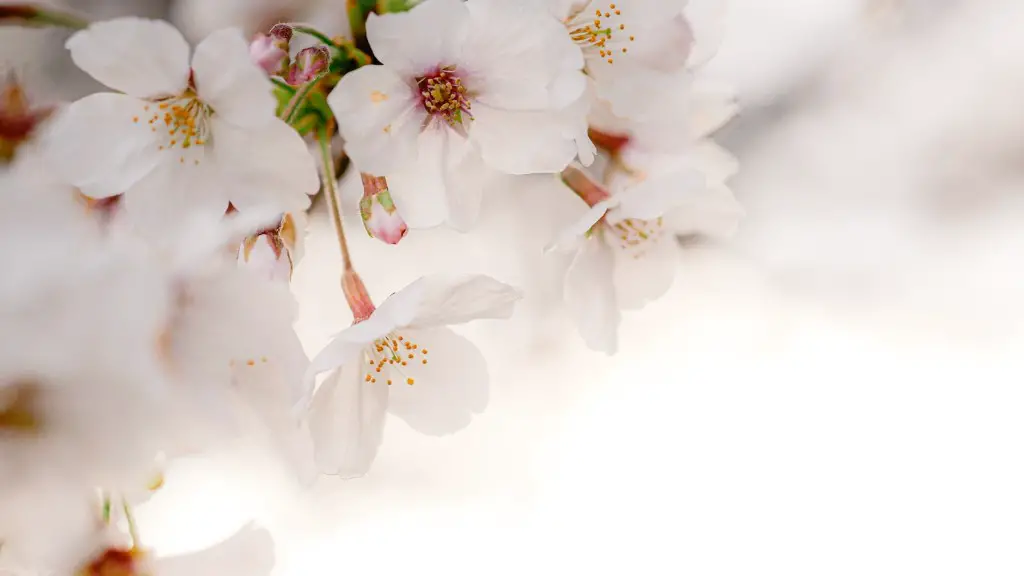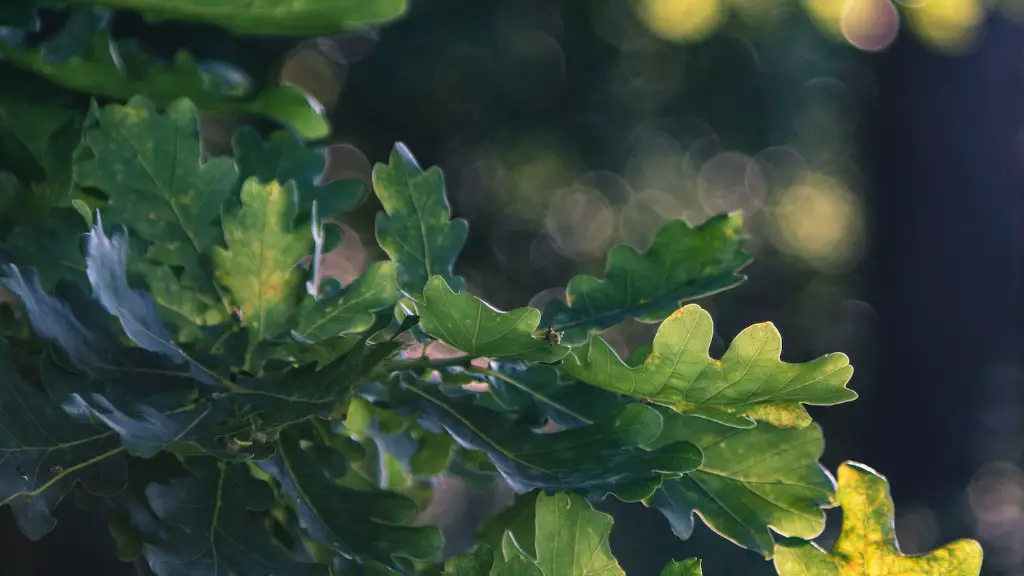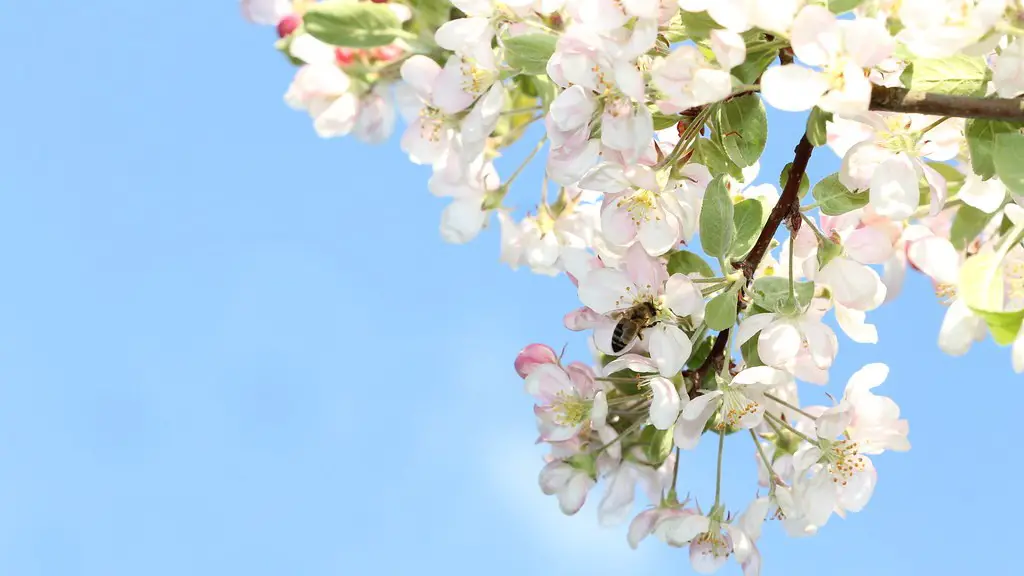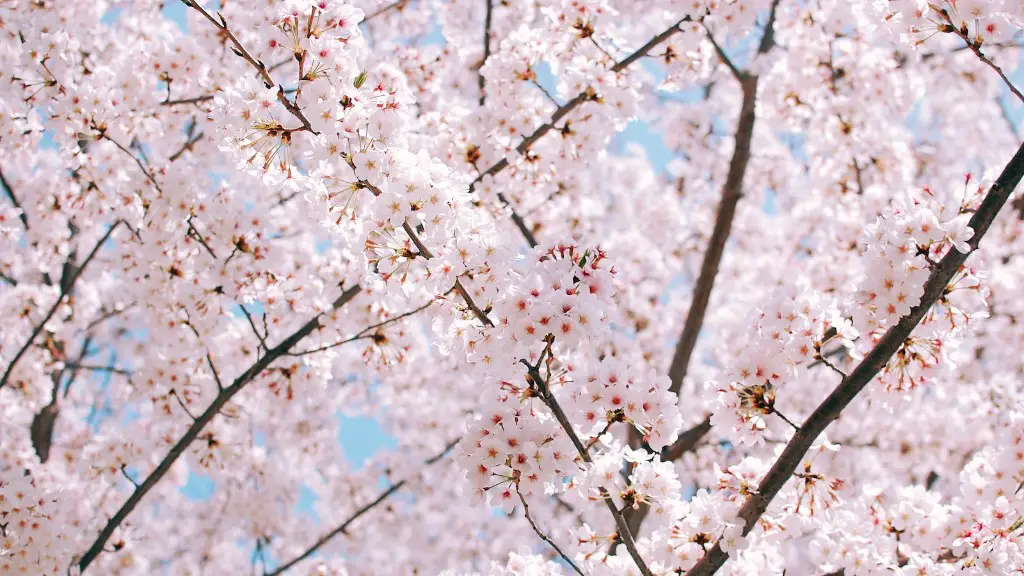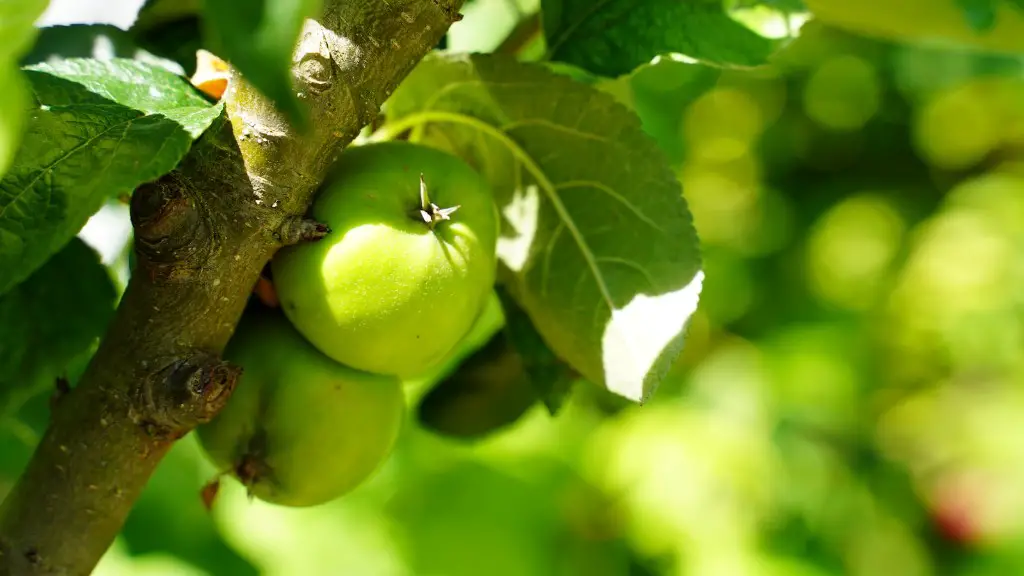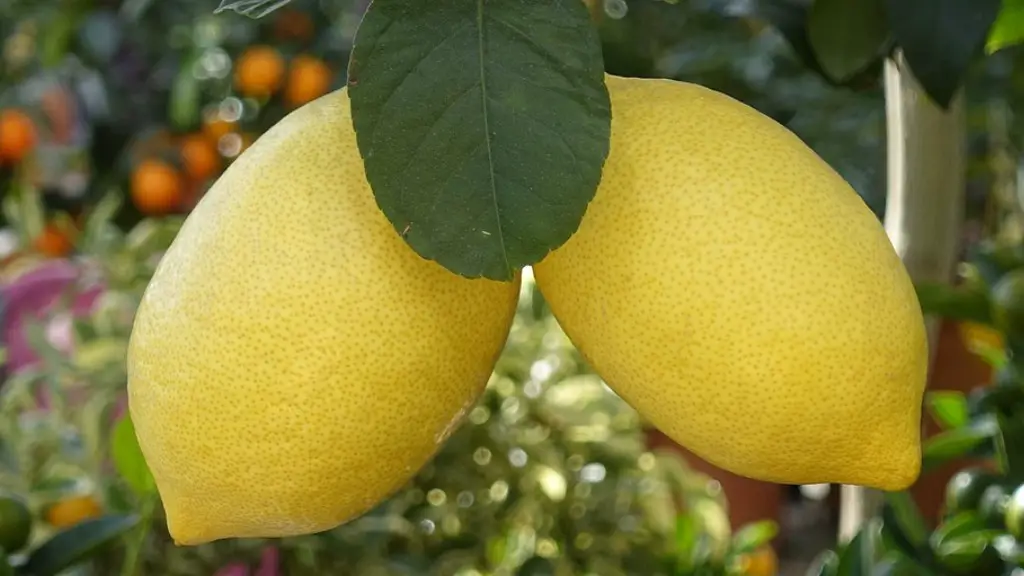Many gardeners find it difficult to trim a cherry tree and often wonder if it can be done. Cherry trees come in a wide variety of shapes and sizes, with each type needing specific maintenance considerations. Trimming a cherry tree can help maintain its shape and stimulate more fruit production, but to do this correctly it is important to understand how to prune the different varieties.
The most common types of cherry trees are cultivated sweet cherries and wild fruit trees. Sweet cherries can be trained to stay dwarf-sized, while wild cherry trees will often stand at 8–10 feet tall. Wild trees should be pruned in winter, when they are dormant. Cultivated sweet cherry trees can be pruned in spring, when growth begins.
When trimming a cherry tree, it’s important to make sure that one only removes the weak or dead branches. Any larger branches should be cut at an angle with sharp, clean cuts to avoid damage to the tree. Pruning the cherry tree in this manner will ensure that the tree maintains its shape and does not become overgrown.
It is also important to thin out the crown, as this will improve sunlight penetration and air circulation. This will also help prevent diseases, such as rot and cankers, from developing within the tree. The same can be done for sweet cherries, although to a lesser degree.
For both wild and cultivated cherry trees, it is important to leave the central leader intact. The central leader is the largest branch, which provides the tree with the most support and stability. Removing the central leader could result in a weakened tree and, in some cases, death.
When cutting back cherry trees, it is important to make sure that one is cutting back the right parts of the tree. The quickest way to do this is to identify which branches are green, as these are the active growths. Removing green growth could stunt the tree’s development, so it is important to be precise when cutting and to make sure that only the thin or dead branches are trimmed.
Overall, trimming a cherry tree can be done successfully as long as one follows the proper pruning methods. Pruning in the winter or spring, depending on the type of tree, can help the tree maintain its shape and promote more fruit production. Additionally, thinning out the crown and ensuring the central leader is preserved are important steps to follow when cutting back cherry trees.
Advanced Pruning Techniques
Advanced gardeners can practice more intricate pruning techniques for cherry trees, such as thinning out excess shoots and suckers. Thinning and sucker removal should be done in spring or early summer to improve air circulation and sunlight penetration. This will allow the tree to expand more naturally and reduce the chances of diseases and pests developing.
The most common way to thin out excess shoots and suckers is to prune them off the tree. This can be done by snipping off the shoots with pruning shears or by pulling them off gently with hands. The goal is to remove any branches or shoots that are weak, dead or overcrowded.
It may also be necessary to shape the cherry tree by removing lower branches that are too close to the ground. This helps improve the overall shape of the tree and creates space to walk underneath. These lower branches should be pruned when the tree is dormant in winter, as they can more easily be identified during this time.
Finally, pruning heavily in late winter or early spring can help encourage heavier blossom production in the springtime. Blossom production will be more abundant if the tree is pruned heavily the season before. As a result, gardeners can look forward to enjoying more cherry fruit in the warmer months.
Specific Considerations for Pruning Cherry Trees
When pruning cherry trees, there are a few specific points to consider. One should avoid cutting back branches to the root as this can lead to infection. Gardeners should also avoid major pruning on very young trees as this can stunt growth and cause disease.
It is also important to be aware of the different types of pruning cuts. Correct pruning cuts involve making a clean cut at an angle above the branch collar. This ensures that the wound is sealed quickly to prevent infection. Incorrect pruning cuts involve sawing flat across the branch or cutting too close to the branch collar.
Wounds on cherry trees take longer to heal than wounds on other fruit trees. As a result, gardeners should use wound-healing compound when cutting cherry trees to avoid disease and decay. Wound-healing compound supports natural wound closure and helps the tree to heal properly.
Why Prune Cherry Trees
Pruning cherry trees offers a number of benefits. Proper pruning ensures that the tree is healthy and does not become overgrown. This leads to more abundant fruit production and an attractive shape. In addition, pruning also promotes good air circulation, which helps keep pests and diseases at bay.
For gardeners who are looking to enjoy more cherry fruit, pruning can be a simple solution. Pruning can stimulate flower and fruit production, leading to a larger harvest in the summer months. Pruning in winter is particularly beneficial, as it encourages new growth in the spring.
Regular Maintenance for Cherry Trees
Cherry trees require regular maintenance, in addition to pruning. It is important to fertilize and water cherry trees, as this will help fuel their growth. Soil tests should be conducted to measure the pH level and main nutrients in the ground. If the soil is not adequate, organic fertilizers or compost should be added.
Gardeners should also inspect their cherry trees regularly for signs of pests and diseases. Common pests, such as aphids, can wreak havoc on a cherry tree, so it is important to act quickly and effectively. If pests are detected, they should be treated with insecticide or neem oil.
For diseases, gardeners should remove any affected branches to prevent further spread. And if the cherry tree is subjected to severe weather or extreme temperatures, spraying the tree with fungicides may also be necessary.
Pruning Equipment for Cherry Trees
To prune cherry trees, gardeners need to ensure that they have the right tools. Pruning shears, loppers, and a clean pair of secateurs should always be on hand. It is also important to disinfect the pruning tools between cuts, as this will help prevent the spread of diseases.
Gardeners may also find it useful to own a pruning saw. Pruning saws can be used to cut thick branches that are too large for regular pruning shears. Pruning saws also offer a cleaner cut, which is important for preserving the trees’ health.
Safety Considerations for Pruning Cherry Trees
When trimming cherry trees, it is important to exercise caution. Pruning from a ladder can be dangerous and should only be done with a helper to hold the ladder. For tall trees, it is often necessary to hire a certified arborist to prevent accidents.
When trimming cherry trees, the correct safety clothing should also be worn. Gardeners should always wear gloves, eye protection, and appropriate clothing to protect against cuts and scratches. Pruning shears and loppers should also be handled with care, as they can cause serious injuries if used incorrectly.
Finally, it is important to remember that pruning a cherry tree should be done carefully and according to the tree’s specific needs. Pruning is essential for a healthy tree, but it is important to follow the proper pruning techniques to avoid damaging the tree.
